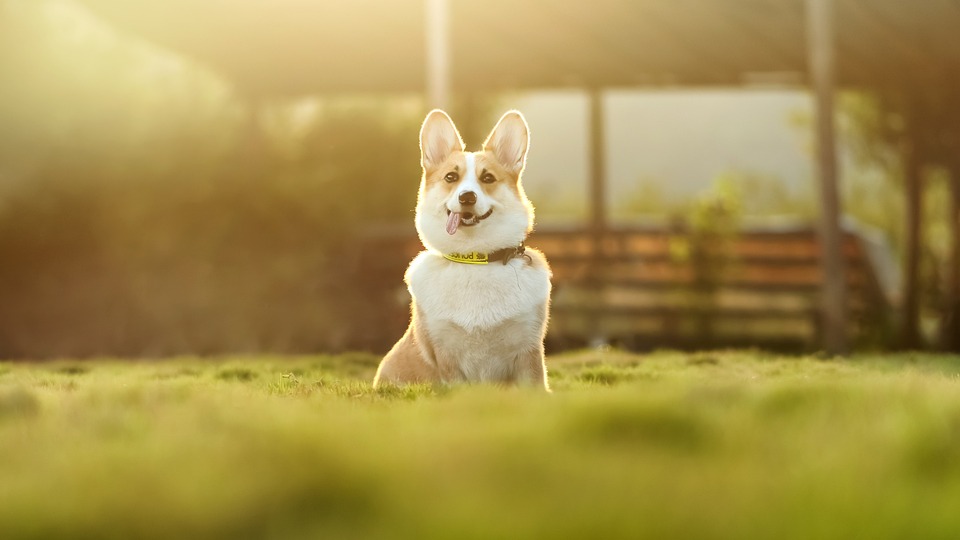Helping Your Furry Friend Overcome Anxiety
Introduction:
Fearful behavior in dogs can be a challenging issue to address. It can manifest in various ways, such as excessive barking, trembling, hiding, or even aggression. Creating a calming environment for your fearful dog is crucial in helping them feel safe and secure. By understanding their behavior and implementing certain strategies, you can help your furry friend overcome their anxiety and live a happier, more relaxed life.
I. Designing a Safe and Comfortable Space
A. Choosing the Right Location: Selecting a quiet and secluded area in your home where your dog can retreat to is essential. Consider a space away from high traffic areas or loud noises.
B. Providing a Cozy Retreat Area: Create a comfortable and inviting space for your dog to relax in. Include a soft bed, blankets, and toys to make it a soothing sanctuary for them.
C. Minimizing Noise and Distractions: Reduce the amount of external stimuli that can trigger anxiety in your dog. Close windows or use soundproofing materials to block out excessive noise.
II. Utilizing Soothing Scents and Visuals
A. Incorporating Aromatherapy: Certain scents, like lavender or chamomile, have calming effects on dogs. Use essential oil diffusers or sprays to introduce these scents into your dog’s environment.
B. Using Visual Aids for Relaxation: Consider using visual aids, such as calming music or videos designed specifically for dogs, to create a peaceful atmosphere.
III. Establishing Consistent Routines and Boundaries
A. Creating Predictability in Daily Activities: Dogs thrive on routine. Establishing consistent feeding, exercise, and playtime schedules can help reduce anxiety and create a sense of security.
B. Setting Clear Rules and Expectations: Providing clear boundaries and expectations for your dog’s behavior can help them feel more confident and secure. Use positive reinforcement techniques to reward good behavior.
IV. Implementing Positive Reinforcement Training
A. Encouraging Desensitization and Counterconditioning: Gradually expose your dog to the things that trigger their fear in a controlled and positive manner. Reward them for calm behavior during these exposures to help them overcome their anxieties.
B. Reward-Based Training for Confidence Building: Use treats, praise, and affection to reward your dog for demonstrating brave or calm behavior. This will boost their confidence and help them associate positive experiences with potentially fearful situations.
V. Seeking Professional Help and Support
A. Consulting with a Veterinarian or Animal Behaviorist: If your dog’s fear is severe or significantly impacting their daily life, it may be beneficial to seek professional guidance. A veterinarian or animal behaviorist can provide specialized advice and develop a tailored treatment plan.
B. Joining Supportive Communities and Training Classes: Connecting with other dog owners who have experienced similar challenges can provide invaluable support and advice. Enrolling in training classes specifically designed for fearful dogs can also help build their confidence and social skills.
FAQs (Frequently Asked Questions):
1. What are the signs of fear or anxiety in dogs?
2. How long does it take to create a calming environment for a fearful dog?
3. Can a calming environment alone resolve all fear-related issues in dogs?
4. Are there any specific scent options that work best for calming anxious dogs?
5. Should I punish my fearful dog for exhibiting fearful behavior?
6. How can I safely introduce my fearful dog to new people or situations?
7. Are there any natural remedies or supplements that can aid in calming fearful dogs?
8. Is it essential to consult a professional if my dog’s fear is affecting their daily life?
9. Can socializing my fearful dog with other dogs help reduce their anxiety?
10. How do I know if my dog’s fear is due to a past trauma or a genetic predisposition?
Conclusion:
Creating a calm environment for a fearful dog is a gradual process that requires patience, consistency, and understanding. By implementing the suggestions provided and seeking professional guidance if needed, you can significantly improve your dog’s quality of life and help them overcome their fears. Remember, every dog is unique, so it’s essential to tailor your approach to their specific needs. With time and dedication, you can help your furry friend find peace and happiness.









